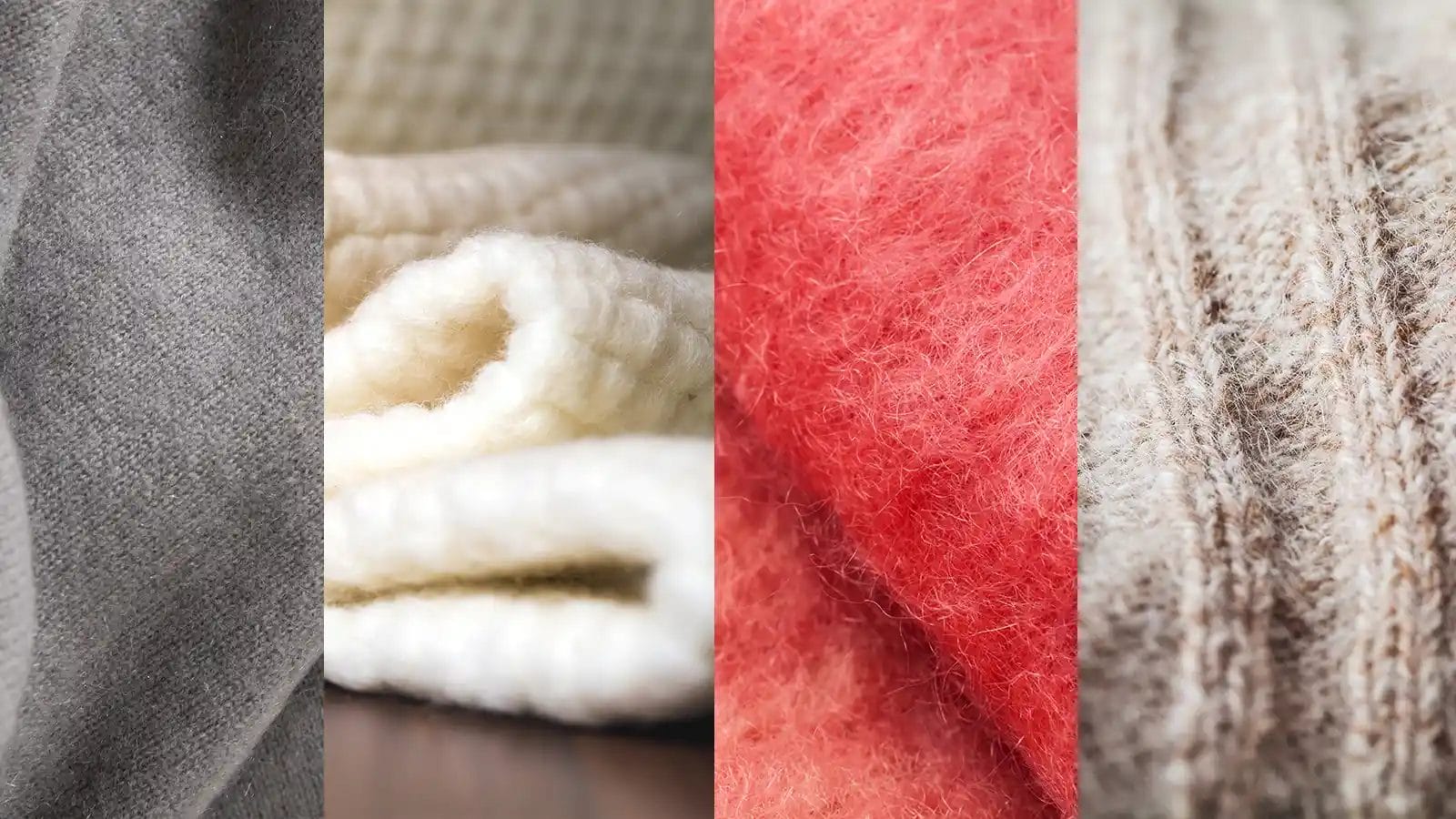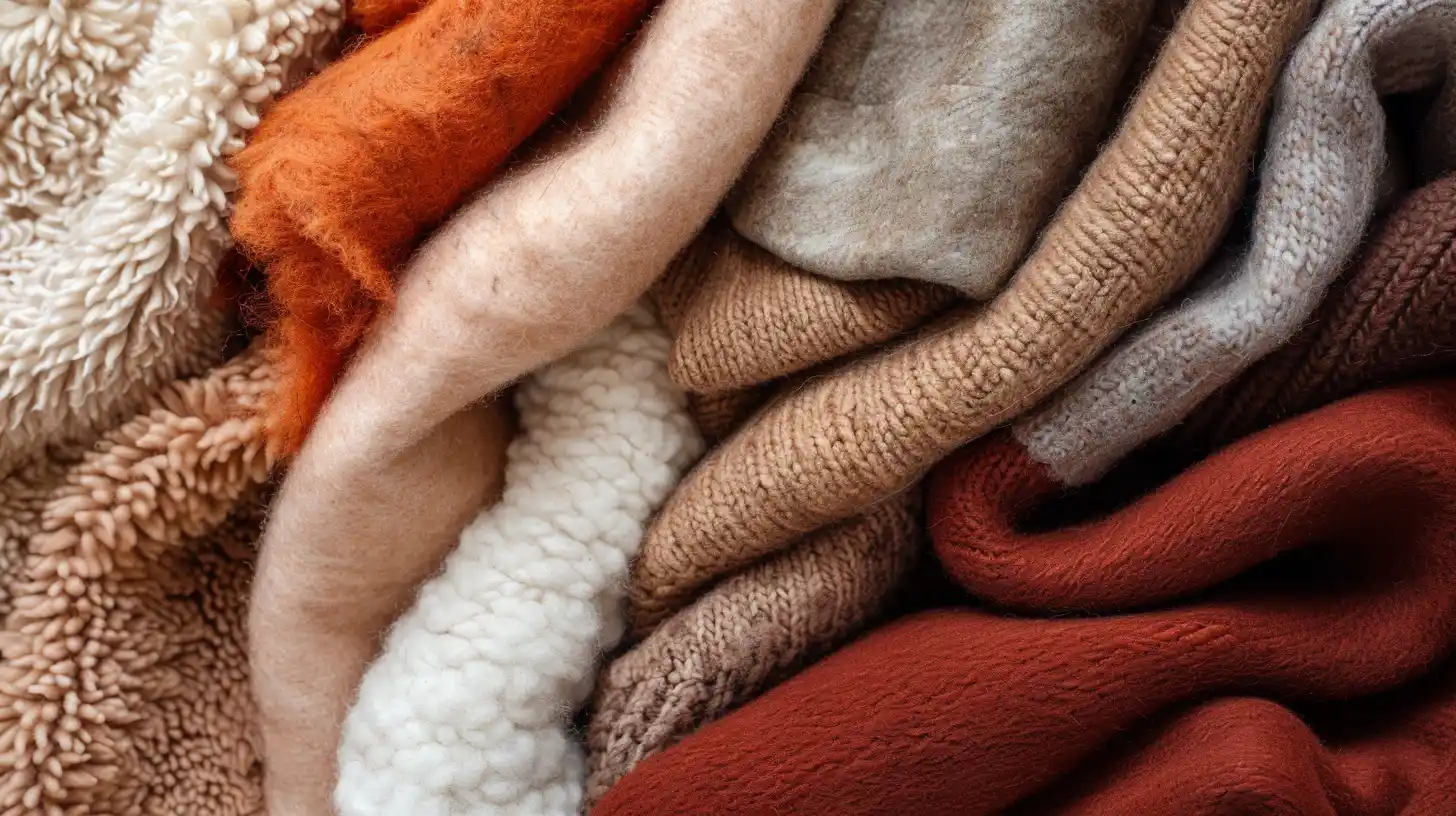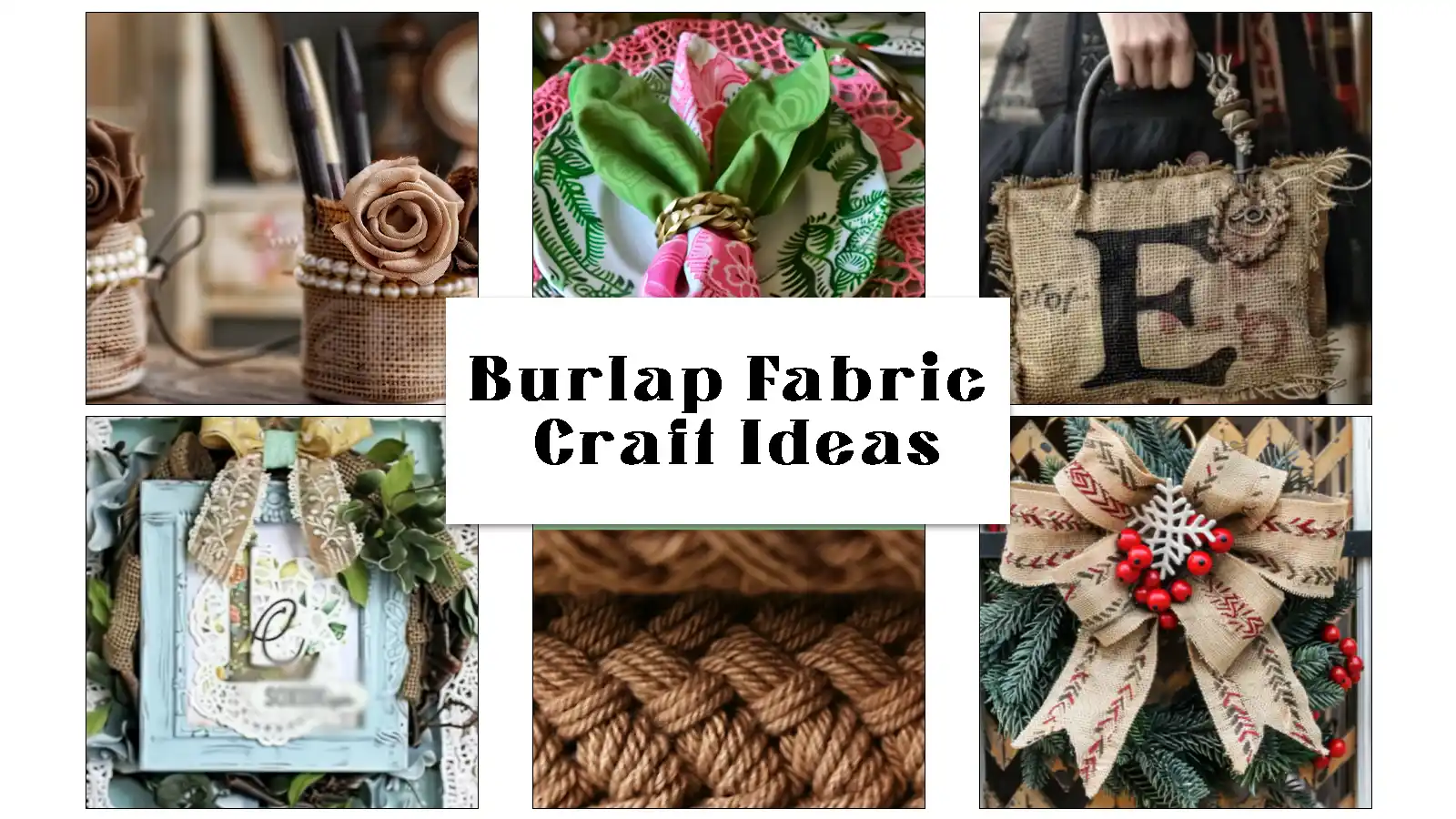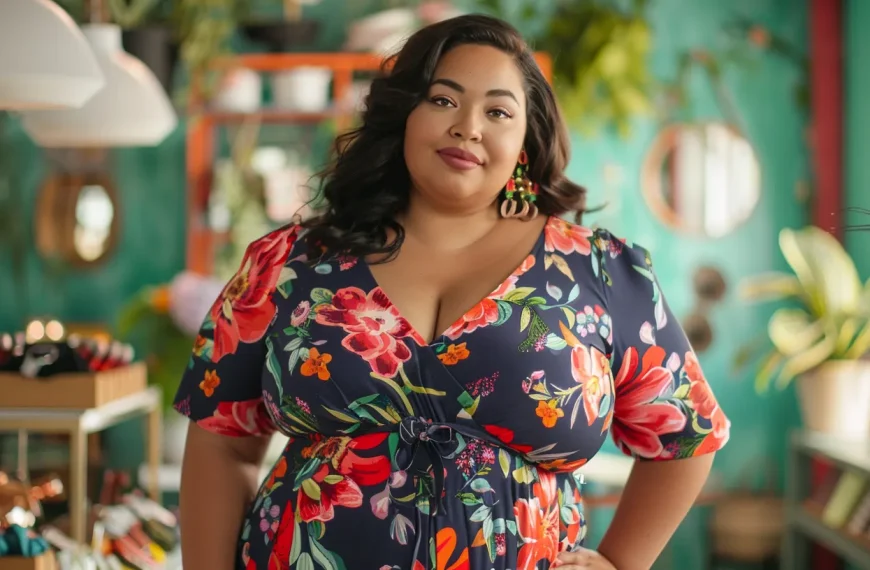There is a wide variety of unique wool types available. You’re familiar with Merino wool, prized for its comfort and thermal regulation. Cashmere wool, which comes from cashmere goats, offers both luxury and warmth. Mohair wool is known for its durability and soft texture, while Virgin wool captivates with its insulation properties. Immersing yourself further in this subject leads you to a wealth of details about these textile wonders.
Key Takeaways
- Merino wool, sourced from Merino sheep, is known for its comfort, warmth, and thermal regulation.
- Cashmere wool, derived from cashmere goats, is highly prized for its luxurious softness and warmth.
- Mohair wool, harvested from Angora goats, is a durable, lustrous, and soft fabric.
- Vicuña wool, originating from the Andes mountains, is considered the rarest and most luxurious type of wool.
- Lambswool, collected from a lamb’s first shearing, offers a soft, warm, and luxurious texture.
Everything You Need to Know About Wool Fabric
You’ve likely worn wool fabric, but do you know what makes it unique? Let’s explore everything from its defining characteristics to its diverse uses. Understanding these aspects will enhance your appreciation for wool and help you make informed decisions when buying woolen products.
Wool is a natural fiber derived from the fleece of sheep or other animals like goats, alpacas, or llamas. Its unique structure provides warmth, insulation, and breathability, making it a popular choice for clothing, blankets, and upholstery. Wool is also known for its durability and ability to resist wrinkles and odors.
In addition to its practical uses, wool is valued for its sustainability and biodegradability. Sheep regrow their fleece annually, making wool a renewable resource. The fiber is also naturally fire-resistant, reducing the need for chemical treatments. Wool is versatile and can be used to make various products, such as sweaters, blankets, athletic wear, and carpets.
What is Wool Fabric?
Wool fabric is made from animal fibers such as sheep, goats, alpacas, and camels. Wool is valued for its warmth, durability, and natural properties that make it suitable for many uses.
Sheep wool, for instance, is esteemed for its outstanding insulating properties. The production of wool involves several processes; shearing, cleaning, and sorting the wool fibers are just the beginning. These fibers are then carded, spun, and woven or knitted into a myriad of beautiful fabrics.
While wool production is a global enterprise, countries like Australia, China, the U.S., and New Zealand are key contributors. Remember, every wool fabric carries its own unique set of characteristics.
Characteristics of Wool Fabric
- Wool fabric is warm, resistant to creases, and absorbs moisture well, making it great for clothes and home textiles.
- One of its distinctive properties is the variety of weaves it comes in, offering a plethora of design options.
- Wool fabric is famed for its extreme softness and thermal regulation, making it a coveted choice in colder climates.
- Wool fabric is known for its versatility in colors and designs to suit any style.
Understanding these characteristics of wool fabric allows you to fully appreciate its value and versatility.
What Is Wool Fabric Used for?
Wool fabric is very versatile and has many uses in apparel, home decor, and industry. It can provide warmth as a sweater or durability as an area rug.
The types of wool used for garments such as sweaters, suits, and dresses capitalize on wool’s natural warmth and durability. Its insulating properties make it the go-to material for accessories like gloves and scarves. You’ll also find wool fabric in home textiles, offering comfort and a cozy feel.
Beyond fashion and home decor, its flame-retardant properties make wool ideal for industrial applications, such as insulation and filtration. Truly, the versatility and diverse properties of wool fabric are unmatched.
15 Different Types of Wool Fabric

Now, let’s turn your attention to the distinct types of wool fabric. Each type of wool has unique characteristics, such as the warm and soft texture of cashmere and the resilient fluffiness of mohair. Understanding these differences can significantly enhance your knowledge of wool fabrics and guide your choices in fashion or home decor.
Merino Wool
Merino wool is a type of wool fabric. It is known for being very comfortable and warm. The fibers come from Merino sheep and are fine, soft, and crimped.
It’s your go-to choice for activewear or outdoor clothing, due to its superior breathability, moisture-wicking, and odor resistance. The natural elasticity of Merino wool ensures an ideal fit, enhanced wrinkle resistance, and longevity.
This wool has great insulation properties that keep your body temperature regulated in different climates, making it ideal for high-quality thermal clothing. Merino wool’s fineness is indicated by its micron measurements, varying from ultrafine to superfine.
Cashmere Wool
When it comes to luxury and warmth in wool fabrics, cashmere wool, sourced from the soft undercoat of cashmere goats, truly stands out. This wool is prized for its luxurious feel, which is finer, softer, and lighter than that of lambswool.
Its insulating properties provide unmatched warmth without the bulk. However, cashmere’s high cost reflects its labor-intensive production, as each goat yields only a small amount of this precious fiber.
Cashmere wool is highly sought after for tailored clothing due to its unique attributes, providing lightweight comfort and elegance.
Mohair Wool
Let’s consider mohair, a durable and lustrous fabric derived from the fluffy and resilient fibers of the Angora goat. Mohair wool strikes a balance between strength and softness. Less prone to tangling and shrinkage, it’s an optimal choice for coats and suits.
Mohair stands out due to its shiny look and distinctive texture, making it different from other types of sheep wool. However, it’s important to note the controversies that have surrounded mohair production. Animal welfare concerns have been raised, leading to a greater demand for transparency in the industry. Despite these challenges, mohair remains a versatile and sought-after fabric in the world of fashion.
Alpaca Wool
Alpaca wool is a luxurious fabric known for its softness and plush feel. It is a top choice for high-quality clothing.
Naturally hypoallergenic, it’s a safe selection for those with sensitive skin or allergies. You’ll appreciate its superior insulation properties, keeping you warm while being remarkably lightweight. Alpaca wool’s warmth outperforms even that of sheep’s wool, a testament to its exceptional quality.
Another interesting thing about it is the variety of natural colors it offers, which gives designers many options and eliminates the need for chemical dyes. Plus, its fibers are stronger and more durable than sheep’s wool, promising longevity. So, when you choose alpaca wool, you’re not only opting for luxury and comfort but also durability and versatility.
Camel Wool
Camel wool is a unique material found in the diverse world of wool fabrics. It is lightweight, shiny, and has excellent insulation properties. Sourced from two-humped camels, this wool type provides a softer and finer texture compared to traditional sheep’s wool. Its excellent insulation properties make it ideal for crafting luxurious coats and other high-end fashion garments.
You’ll find the warmth and comfort it provides unmatched, especially during cold seasons. Furthermore, the natural fibers in camel wool create a durable, long-lasting fabric that retains its shape well over time. Camel hair wool stands out in the world of wool fabrics due to its unique blend of looks, functionality, and durability.
Virgin Wool
Virgin wool is the softest type of wool, sourced from the first shearing of lambs. It offers a unique combination of softness, insulation, and premium quality.
This fine-textured fabric is used to make garments, owing to its superior thermal regulation. Imagine feeling the softness and comfort of virgin wool in freezing winter or its breathability in hot summer.
Virgin wool’s premium quality makes it a popular choice in the high-end fashion industry, especially for luxury garments and accessories. So, next time you’re shopping for quality woolen wear, you might want to consider the unique benefits of virgin wool. This is truly a fabric that offers comfort like no other.
Angora Wool
Angora wool is a luxurious fabric known for its incredibly soft and fluffy texture. It is made from the wool of Angora rabbits. This unique texture makes it a prime choice for luxurious products. However, it’s not just about the plush feel. Angora wool is lighter and finer than sheep’s wool, enhancing its value in the high-end market.
Yet, it’s not without controversy. Animal welfare issues have risen from the unethical practices involved in its production. These have led to increased consumer consciousness, driving the fashion industry towards more sustainable and humane alternatives. Nonetheless, the warmth, softness, and exquisite texture of quality Angora wool keep it in high demand in the luxury market.
Vicuña Wool
Let’s talk about Vicuña wool, which is known as the rarest and most luxurious wool in the world. Originating from the Andes mountains, the vicuña provides us with this ultra-soft wool. The softest wool you can find, it’s cherished for its warmth and fineness.
Vicuña wool is a luxury fiber that’s historically been reserved for the elite – a symbol of wealth and status. Strictly regulated production safeguards the vicuña, an endangered species, by ensuring ethical practices. Its limited availability and exceptional properties make vicuña wool one of the most expensive fibers globally, and a sought-after luxury. Truly, it’s a wool like no other.
Llama Wool
Let’s explore Llama wool, a durable and insulating type of fabric, leaving behind the luxurious Vicuña wool. This rough, yet appealing wool is a popular choice for outerwear.
Imagine wearing a llama wool coat or jacket and feeling warm even in very cold weather. But it’s not just about durability and warmth. If you’re one of those who’ve wool sensitivities, here’s some good news—llama wool is hypoallergenic. This means you can enjoy the benefits of wool without the usual allergic reactions.
Llama wool is special because it has a unique texture, it’s durable, and it’s great for keeping warm. It’s used to make coats and decorative rugs.
Qiviut Wool
Qiviut wool is a rare and luxurious fabric from the Arctic muskox, known for its fine, soft fibers and great insulation. This wool’s scarcity and exceptional quality make it one of the most sought-after fabrics in the world.
Its super fine fibers are incredibly lightweight, making Qiviut wool an ideal choice for high-end winter garments and accessories. Not just soft and lightweight, it’s renowned for its insulation properties, providing exceptional warmth without bulk.
Qiviut wool is expensive, but it offers exceptional softness, insulation, and luxury compared to other wool fabrics. Truly, it’s an extraordinary testament to nature’s ability to produce such exquisite materials.
Lambswool
Lambswool is a premium type of wool famous for its softness, warmth, and luxurious texture. It is obtained from the first shearing of a lamb.
This superior wool type is a staple in high-end knitwear, suiting fabrics, and accessories. You’ll appreciate lambswool’s lightweight feel, which contributes to its popularity in the fashion industry.
Lambswool is not only luxurious but also great for cozy garments like sweaters, scarves, and blankets due to its excellent insulation properties.
Melton Wool
If you’re searching for a heavyweight, wind-resistant wool fabric, consider Melton wool. Known for its dense, smooth surface texture and remarkable insulating properties, this fabric is the go-to choice for outerwear.
Its density and insulation make it ideal for crafting coats and jackets that’ll keep you warm in the coldest weather. Melton wool is tightly woven, presenting a felt-like appearance that’s not only stylish but also durable.
Traditionally made from 100% wool, it’s often blended with other fibers for added strength and performance. So, when you’re looking for a fabric that’s perfect for military and classic tailored styles, don’t overlook Melton wool. It’s the timeless and functional choice for combating cold temperatures.
Boiled Wool
Boiled wool is a dense and durable fabric made by shrinking and compressing knitted wool. It is different from traditional Melton wool.
This manufacturing technique tightens the fibers, providing a wind-resistant and water-repellent wool fabric, ideal for outerwear. Your boiled wool coat or jacket won’t fray at the edges, and it’ll also protect you from the elements.
The texture of boiled wool is distinctive, adding a touch of sophistication to your winter outerwear. Beyond its aesthetic appeal, this fabric is insulating and warm, perfect for chilly days. It’s soft and breathable too, retaining warmth without making you feel bulky.
Felted Wool
Felted wool is a dense and resilient fabric made from matted and pressed wool fibers. It is great for outerwear and accessories.
This durable fabric endures the rigors of daily wear and tear, providing a long-lasting material for your wardrobe essentials. Felted wool items like hats, bags, and slippers are great for staying warm in cold weather.
Besides its functional uses, you’ll find that felted wool lends itself wonderfully to creative projects. You can shape and design it in many ways to show your personal style.
Loden Wool
Let’s talk about Loden wool, a unique fabric from the Austrian Alps known for its strength, versatility, durability, and water resistance.
Loden wool, a dense fabric with tightly woven fibers, offers unparalleled windproof qualities and striking resistance to moisture. Its insulating properties are second to none, making it a go-to option for chilly and damp climates.
The traditional Austrian garments, such as Loden coats and jackets, are a true testament to the timeless charm of this fabric. This fabric is produced using a careful process called fulling, which gives Loden wool its unique texture and appearance.
Conclusion
There are many types of wool available. Understanding the various types of wool fabric, from Angora to Merino, can empower you to make more informed, ethical choices.
Not all wool is created equal, and it’s crucial to consider the impact on animal welfare and the environment. Choosing sustainably and humanely produced wool means investing in high-quality, comfortable products and supporting a more ethical fashion industry.
Remember, your fashion choices can make a significant difference.
Learn more about fabric knowledge from Longan Craft Blog, dive into the fabric world with Longancraft!







